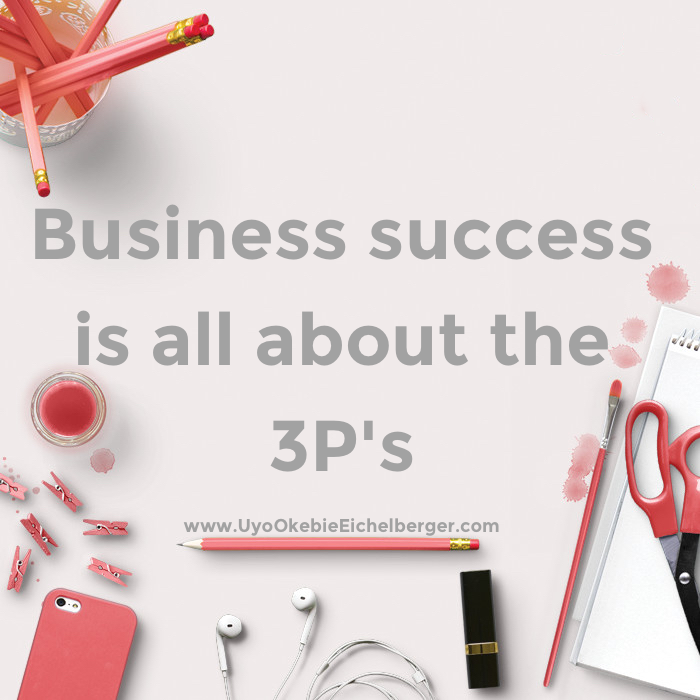The Profit’s 3P’s: How to Use them to Kick Major Ass

Following a badass second season with viewer ratings going up by 115%, the hit TV series “The Profit” returned to CNBC for a third season. If you are like me and a sucker for business related TV shows like Shark Tank or Kitchen Nightmares, then you might have seen this program. And if not, it’s certainly worth taking a weekend to catch up on the series. This reality-based series follows multi-billionaire Marcus Lemonis as he offers struggling but promising small businesses his expertise and capital investment in exchange for ownership stake in their company.
Marcus Lemonis is the chair and CEO of Camping World/Good Sam Enterprises, a national retail chain that controls 25% of the recreational vehicles market in the US. His company generates up to $3 billion per year in sales and provides employment to more than 6000 people. With such accomplishments, it comes as no surprise for a key business figure like Lemonis to be the one dispensing real world business advice. He loves to call things exactly as they are. I absolutely love his “I’m 100% in charge, PERIOD” badass approach whenever he makes an investment in a struggling company.
Lemonis’ passion for business has been a major factor in helping him become a successful and influential entrepreneur. And his role as an angel investor on CNBC’s “The Profit” gives us a glimpse of the man in action. And real talk, he’s the truth. The cameras capture everything from actual negotiations to deals made with business owners and outcomes.
Instead of just being “the really rich dude with the checkbook,” Lemonis takes a more hands-on approach in rescuing failing or struggling businesses. He gives advice, works with co-founders on running operations for a week, enforces changes, puts up factories, revamps retail stores, and does more than what we can safely assume most angel investors would.
When working with other businesses, Lemonis puts a three-part evaluation process to work. He breaks down the backbone of any business into three critical elements coined as the 3P’s. Let’s take a closer look at these components and how you can leverage them to give your own business a competitive edge so you can kick major ass. (Haha, I just realized this is my third use of the word ‘ass’ and we are just getting started, LOL).
What Are the 3P’s?
The 3Ps stand for People, Product and Process.
Marcus Lemonis attributes his company’s success partly to leveraging these three critical elements. He also defines a good investment as one that covers at least two of the three P’s. Let’s deep dive to discover more!
People

People are an integral part of any business. Whether your gig is a one man or woman show, you’ll need to hire the right people in order to reach new heights in your growth. Successful treps understand this principle and that’s why they surround themselves with smart, skilled, motivated, and passionate people.
On the other hand, having the wrong peeps on your team can have a destructive effect on your business. During the first season of “The Profit”, Lemonis stressed the importance of working with the right people and putting them in suitable roles when running a small business. In one episode that featured Eco-Me, a producer of eco-friendly cleaning supplies, the company’s owner had put a close family member in a key sales position. But, as it turned out, it was a case of hiring the right person albeit in the wrong role.
So, to put it simply, the right people will make you profitable, while the wrong ones generally don’t. As an entrepreneur, you need to ask yourself if you have the right people filling various roles in your business, and do your subordinates make life easier or harder?
There’s also a flipside when it comes to people that help you run your business. LA Dogworks was one of the dysfunctional businesses featured on The Profit, which fell short when it came to creating an enabling environment for employees. The dog-related services company had caring, thoughtful, and dedicated workers but they were constantly belittled, berated and insulted by the owner. And that was a little bizarre.
This episode was a great reminder that dealing with people in business is not limited to hiring great staff. It’s also important to create an environment where employees feel appreciated so that they become motivated to perform at their best. After all, having the right people will not have much of an impact if they’re always made to feel like failures.
Tips for Rallying the Right People to Improve Your Business
- Hire skilled, qualified, and passionate personnel right from the start. Create a system to gauge employee performance and efficiency as well. An effective method to achieve this goal is through performance appraisals.
- Ask your team questions to determine their attitudes and find out what can be done to make them better at their jobs. When done on a regular basis, this becomes a great way to discover employee problems and learn about flaws in the company’s processes.
- The caliber of people you hire will determine your business’ success. Therefore, train your people frequently to improve both processes and products.
Product

The second key ingredient in the 3Ps process is a company’s product. Whether you’re offering a product or service, it has to serve a need in the market. Every business owner knows this basic concept, but a lot more goes into running a successful business than simply selling something that’s in high demand.
Throughout each episode, Lemonis meticulously evaluates what a particular business is selling, the business’ clientele, and key marketing characteristics. In addition, he never overlooks aspects such as a product’s pricing, packaging, sizing, and targeting. For instance, in the episode that featured Planet Popcorn, tweaking the packaging by creating a cleaner and more streamlined look enabled the company to sell their product with higher margins than before.
Tips for Turning Your Product Idea into a Viable Business Venture
- Create a product or service that will solve a particular problem for potential customers. It doesn’t have to be unique but the key is to invest in a product that meets a need among your target consumers.
- If you already have a business, then ask yourself, “What makes my product or service unique?” “What is my point of difference (POD)”? Is it the pricing, packaging, use of safer ingredients/raw materials, or better customer support? Coming up with a unique selling proposition (USP) is the key to setting your brand apart from the competition.
- Know your customers needs or preferences and strive to offer products that meet them. There are many ways to achieve this objective. For instance, you can vary product sizes, give customers a mix of flavors to choose from, create flexible pricing models, launch a new complementing service, or even re-brand your product so that the target customers can identify with your brand message.
Process

A company’s process of operation is essential to ensuring efficiency and consistent profitability. You can have the right product and people in place to operate your business, but a good system is the key to keep the “wheels” turning smoothly.
A lack of proper systems can create chaos and turn the workplace into a stressful environment. More importantly, poor procedures or processes will affect a company’s bottom line negatively especially if no one makes an effort to enforce changes that will streamline operations.
The best example of failed processes on the TV series was perhaps Planet Popcorn, the specialty popcorn manufacturer and retailer that sold popcorn at county fairs and to corporate clients like Disney. This business had virtually no systems in place to handle cash flow. There were piles of cash lying around everywhere. With no proper process in place for collecting cash, the company could not account for $400,000 in profits. Say whaaaaa? WHOA!
Tips to Improve Your Bottom Line with Better Processes
- Create a clear and consistent process all along your supply chain. The earlier that you create a business model that works for your company, the easier it will be to run operations smoothly. A good process begins at the conception stage of product or service development then moves along through the hiring of employees, marketing, accounting, and so forth.
- For both small and large businesses, it’s best not to micromanage. Instead, create departments and delegate tasks to optimize your time. Remember, Pareto’s 80/20 principle. Your time as a business owner is best served when you focus on hi impact activities so that you can drive bigger results.* If you’re thinking about expanding your business in the future, you need to put in place a scalable process.
- Find out if there are ways to reduce costs and streamline the production process to increase profits. This is exactly what Lemonis did with Eco-ME and Mr. Green Tea, which is now known as Keyport Creamery.
- Are there ways to reach a larger base and can these methods fit into your marketing budget? If so, perhaps changing your marketing approach could be the game changer that brings in more business $$$.
- Lastly, audit your business management process. You can do this in-house by gathering feedback from employees to identify ways of streamlining the business processes. Alternatively, consider enlisting the services of a reputable consultancy firm to vet your business management procedures.
So to wrap this 3P’s convo, if your company seems to have stagnated or things just keep getting worse, chances are that the root cause of the problem has something to do with the products, processes, or people in place at your business. While Marcus Lemonis might not be able to write you a million dollar check to uplift your struggling business, you can still use the 3P’s model to make improvements that will improve operations, make your brand more competitive, and ultimately boost profits.
Business success is all about the 3P’s. Let’s go…go take a deeper look at your 3P’s and find ways to make rock it out. I mean, why not?












1 Comment